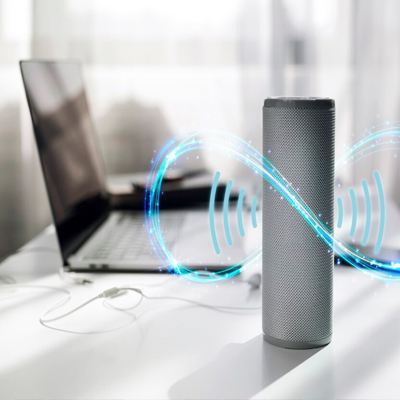How to Choose Access Point
In today’s digital era, a stable and reliable WiFi connection is essential for seamless internet access, work productivity, and entertainment. While your existing router may provide basic connectivity, a dedicated WiFi access point (AP) can elevate your network performance and expand coverage throughout your home or office.
WiFi Access Points: What Are They and Why Do You Need One?
A WiFi access point, or AP, acts as a bridge between your wired internet connection and your WiFi devices. It receives data from your internet modem or router and broadcasts it as a wireless signal, allowing your devices to connect and access the internet.
Why Choose an AP Over Your Existing Router?
Traditional routers often prioritize routing internet traffic over broadcasting a strong WiFi signal. An AP, on the other hand, is specifically designed to focus on providing optimal WiFi coverage and performance. Additionally, APs offer flexibility in placement, allowing you to place them strategically to extend coverage and eliminate WiFi dead zones.
Key Considerations for Selecting the Right WiFi Access Point
Wireless Protocol Compatibility: Ensure your AP supports the latest wireless protocols, such as Wi-Fi 6 and Wi-Fi 6E, for the fastest speeds and most efficient data transmission.
Number of Devices: Consider the number of devices you plan to connect simultaneously. An AP with multiple antennas and a high-bandwidth processor can handle multiple devices and maintain a stable connection.
Coverage Area: Evaluate the size of your home or office space to determine the appropriate coverage range. APs with beamforming technology can focus signals towards specific areas, enhancing coverage in targeted locations.
User-Friendly Interface: Choose an AP with an intuitive and user-friendly interface that allows easy configuration and management of settings.
Security Features: Prioritize security by ensuring your AP supports WPA2 or WPA3 encryption protocols to safeguard your network from unauthorized access.
Additional Considerations for Advanced Users
Beamforming Technology: Beamforming technology focuses signals towards specific devices, improving signal strength and reducing interference.
MU-MIMO: MU-MIMO allows an AP to simultaneously transmit data to multiple devices, enhancing overall network efficiency.
Power Over Ethernet (PoE) Support: PoE allows you to power the AP through your network cable, eliminating the need for separate power outlets.
VLAN Support: VLANs can segment your network, separating devices into different groups for enhanced security and network management.
Classification of Access Points in Terms of Quality Level
As a Technical point of view, the WiFi brands are categorized in 4 levels, the Low-Level / Mid-Level / High-Level / CarrierClass-Level, you should choose the brand level based on your current and future requirements :
Low-level Brands
suitable for projects with up to 20 Access points and maximum of 100 -150 concurrent users. Commonly without a centralized management system or with a limited monitoring system.Commonly without a centralized management system or with a limited monitoring system.
Mid-level Brands
suitable for projects with up to 80 Access Points and maximum of 150-300 concurrent users. Commonly they have a centralized management and monitoring system for Access Points, users and data streams. ( 4IPNet , EnGenius , Zyxel, Mercku,…
High-Level Brands
suitable for projects with up to 300 Access Points and maximum of 300-1000 concurrent users. They have a centralized security, management and monitoring systems. ( Cisco , Ruckus, Meru , Aruba , Mercku, Netronics, Huawei, …)
Carrier-Class Brands
suitable for carrier and telecommunication projects with several hundred to thousands of Access Points and users. They have a centralized security, management and monitoring systems, with special kind of Load-Balancing and Fault-tolerance capabilities. ( Cisco , Ruckus, Aruba , … )
- Concurrent users mean the number of users that are connected to the WiFi system simultaneously and actively working. The number of concurrent users is different from users. You may have up to 500 users in your company with 100 concurrent users.
Conclusion
Investing in a dedicated WiFi access point can transform your wireless connectivity, providing faster speeds, broader coverage, and greater flexibility. By carefully considering your needs and selecting an AP that matches your requirements, you can establish a robust and reliable wireless network that supports your daily digital activities. Embrace the power of advanced WiFi technology, and experience the seamless connection that your devices deserve.





